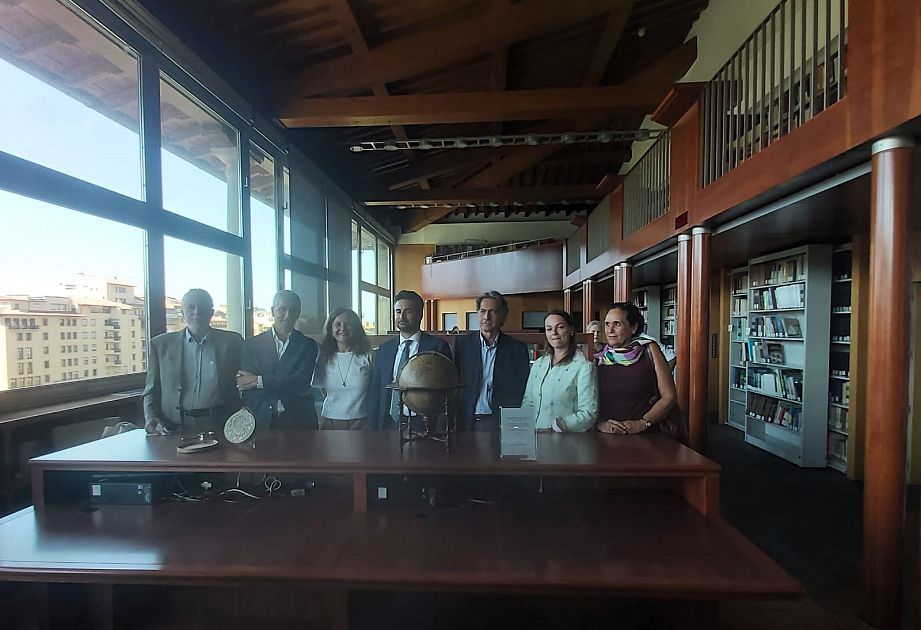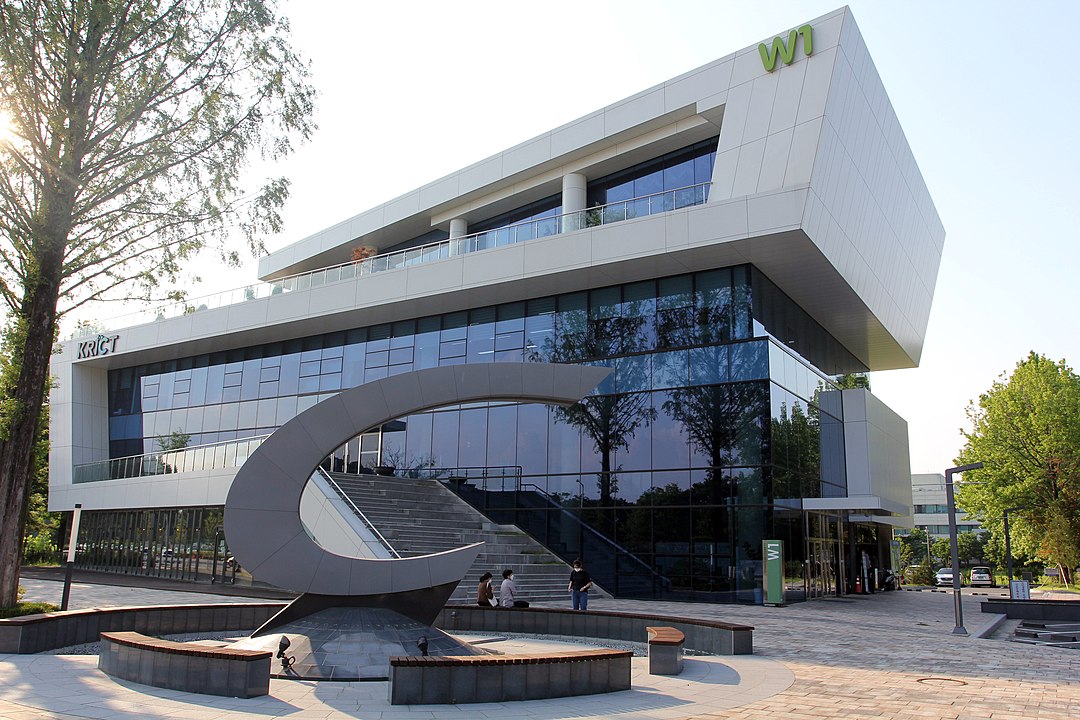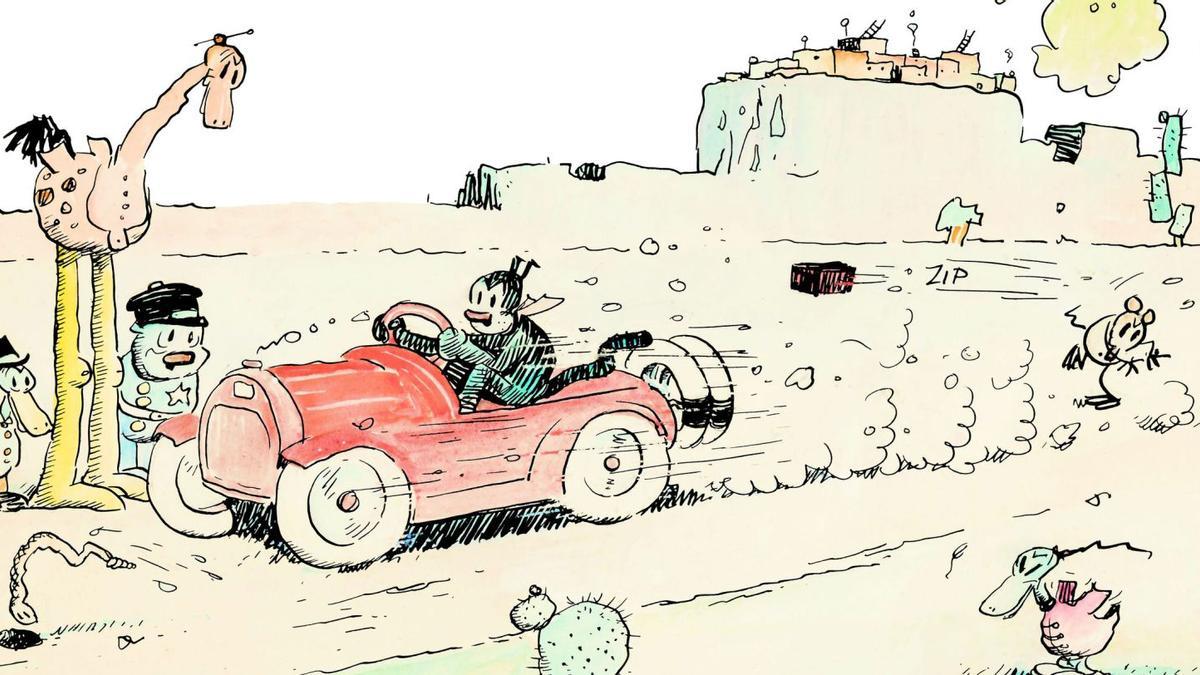The globe of Cornelis de Goude, a very rare example of historical cartography, dating from 1594 from Antwerp, and the paper astrolabe dating from 1668 and probably located in northern France: these are two valuable scientific instruments purchased for their high historical culture from the Ministry of Culture for the Directorate Regional Museums of Tuscany which deposited these documents in the Galileo Museum in Florence and which provided scientific advice proving their great value as historical and scientific documents.
The two rare pieces, which were presented in an exhibition dedicated to promoting new acquisitions, were presented today at the Galileo Museum in the presence of the Regional Director of the Museums of Tuscany Stefano Cascio, and the Executive Directors of the Galileo Museum Roberto Ferrari and Simonetta Brandolini. Ada, president of the Friends of Florence whose generous contribution enabled the restoration of Cornelis de Gode’s globe.
The showcase containing the two instruments is housed in a room on the renovated ground floor, alongside another piece purchased by the Ministry of Culture in 2022: a Gregorian reflector telescope designed by Le Bas Jr. It dates back to around 1720. Subsequently, these instruments will be transferred to the exhibition path of the Galileo Museum. But let’s get to know them better.
Globe by Cornelis de Jude
It dates back to 1594 and comes from Antwerp. It appeared on the market in 2016 and was therefore restricted, and its purchase was completed by the Ministry of Culture in November 2022 for the amount of 385,568 euros.
It is a very rare piece of great value in the field of historical cartography: in fact it is the only surviving piece by the Flemish cartographer and printer Cornelis de Jude (c. 1568-1600), witnessed so far exclusively by the series of cartographic spindles preserved in the BnF in France. Paris.
[gallery(1)]The globe was in critical condition and showed strong signs of deterioration, including some gaps in the paper surface. After careful diagnostic examinations, it underwent a delicate and complex cleaning and restoration operation, funded by the Friends of Florence Foundation.
The intervention was carried out by the Florence Restoration Workshop. The works were directed by Cassio in collaboration with the Provincial Directorate of Museums restorer Lucia Nucci and with further supervision on the historical and scientific aspects of Giorgio Strano, Head of Collections of the Museo Galileo.
[gallery(2)]Manuscript flying astrolabe
Probably made in France, it is made of paper and wood and comes complete with a box. For this instrument, the owner submitted an application for export to the Archaeological Supervision Authority for Fine Arts and Landscapes of the Metropolitan City of Milan, but due to the great historical and scientific importance of this instrument, the Ministry of Culture refused to export it and bought it for the Provincial Directorate of Museums in Tuscany, assigning it to the Museo Galileo.
The sundial on the back of the device shows a latitude of 49°30′, indicating a context of use in far north France or, more likely, Bavaria (Nuremberg, at 49°27′ N, was well known for its toolmaking). The date 1668 corresponds to the handwriting of the inscriptions.
[gallery(0)]Scientific care of achievement is high, and graded scales are tracked with great precision. The vernal equinox date is ideally set on March 21, which brings us back to the Catholic context, consistent with both northern France and Bavaria (the enclave of Nuremberg was an exception: the Gregorian calendar was officially adopted there in 1699).
It is a piece of great historical and scientific interest and extremely rare: very few flat astrolabes exist handwritten on paper or cardboard before the eighteenth century. For example, the Galileo Museum contains only a few pieces dating back to the 17th century.

“Infuriatingly humble social media buff. Twitter advocate. Writer. Internet nerd.”



